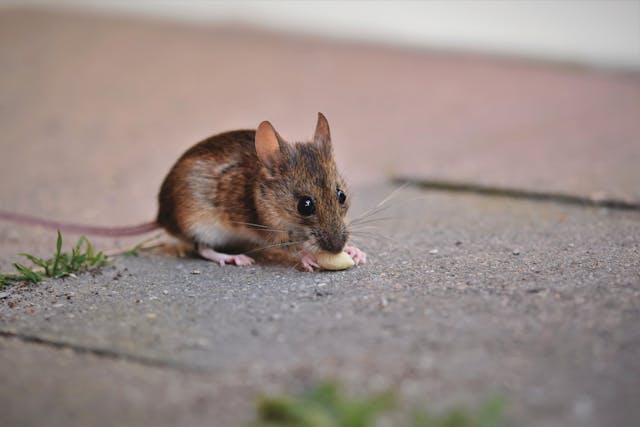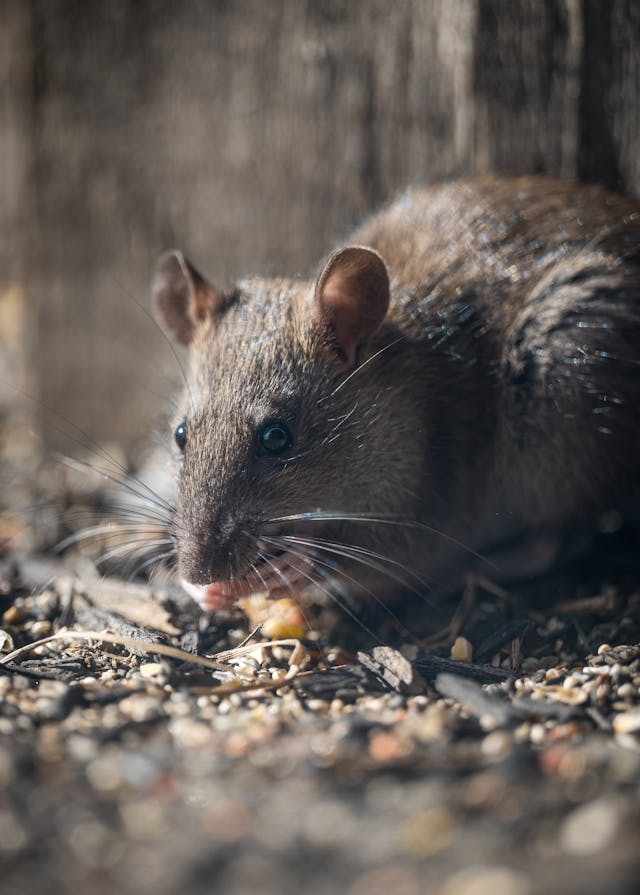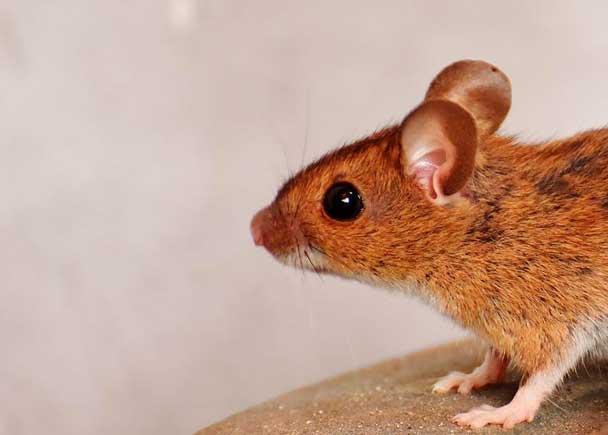Are you grappling with unwelcome visitors in your home— rats or mice, perhaps? It’s a widespread concern, but pinpointing the culprit isn’t always straightforward. As these tiny intruders scurry about, wreaking havoc in your living space, you may have difficulty spotting the rodent in question. That’s why we’re here to prepare you with everything you need to know about the differences between a rat vs. a mouse.
Keep reading to learn more about how these infesting pests can impact your home and how we can help eliminate them, no matter the species.
Rat vs. Mouse: The Lowdown
Before we delve into the significant distinctions between rats and mice, it’s essential to recognize the shared traits that define these rodents.
Both rats and mice sport a pair of incisor teeth in their upper jaw, complemented by a long tail and short legs. Despite their limited eyesight, these creatures compensate with heightened senses, though mice notably lack color vision.
Plus, they’re messy houseguests, leaving behind familiar traces of their existence, including droppings, gnaw marks, and the potential for spreading germs and bacteria. However, this is where most of these similarities end!
Understanding the Differences Between a Rat vs. a Mouse
To tackle these persistent pests head-on, let’s examine the rat vs. mouse debate. Understanding their differences and behaviors is crucial for effectively dealing with them.
Living Habits
Mice prefer to prepare their nests in burrows, which provides an ideal environment for their growing young. With each litter averaging between 4 and 16 pups and an impressive 7 to 8 litters per year, their population can rapidly multiply.
On the other hand, black rats, or roof rats, tend to favor nests located in higher elevations, while brown rats, or Norway rats, typically opt for ground-level dwellings. Despite producing fewer offspring, rats compensate by consuming substantially more food and water to sustain themselves.
In terms of droppings, mice typically leave behind pointed-ended pellets about the size of a grain of uncooked rice. Norway rats and roof rats have different-looking poop, with Norway rats’ being blunt on the ends and roof rats’ being more pointed on the ends. Plus, rat waste is usually much larger than mouse droppings. Mice droppings are roughly the size of a grain of uncooked rice, whereas rat droppings are about the same size as a Good-n-Plenty candy.
Additionally, mice are more social than rats and often have a penchant for exploration. They’re not afraid to sneak out of your home during the day or while you’re enjoying your space.
Rats are slightly more territorial and aloof, avoiding contact with humans at all times. Because of their withdrawn nature, these pests are also somewhat more aggressive and willing to bite if they feel threatened.
Physical Characteristics of a Rat vs. a Mouse
When it comes to size, mice and rats are very visually different. Mice typically weigh between 0.5 to 1 ounce, boasting slender frames and larger ears that stand out against their small bodies. Their snouts are characterized by a triangular shape, adding to their distinct appearance.

Rats are considerably bulkier, tipping the scales at 5.28 to 10.56 ounces on average. They have larger bodies with thicker fur, ranging in hues from brown, black, gray, or white. Rats also sport smaller ears and blunter snouts, accentuating their sturdy facial structure.
Besides their size and appearance, mice and rats move in different ways, too. As agile sprinters, mice can quickly dart across surfaces and nimbly avoid capture. Tight spaces are no match for these tiny terrors, as they can squeeze through minute cracks and crevices to reach their location.
Rats similarly can squeeze through small openings, capitalizing on their flexible bodies to access otherwise inaccessible areas; however, their larger size often prevents them from reaching the same areas as their smaller cousins.
Some rat species, like the roof rat, are also excellent climbers. These pests prefer to dwell in high-up locations, making your upstairs rooms, attic, wall void, or roof their next home.
The Damage They Cause
While smaller in size, mice still pose considerable risks indoors, primarily because of their persistent gnawing habits. With their weaker teeth, they tend to focus primarily on gnawing through food sources, causing damage to stored items and contaminating food supplies.
Most rodents defecate and urinate as they scurry through your home, typically only avoiding their nests. Mice are known carriers of harmful bacteria and viruses, and these pathogens can spread several diseases and health issues to you and your family.
Between the two, however, rats can cause the most damage. Their powerful teeth allow them to chew through various materials, including wood, metal, and plastic. This destructive behavior can result in structural damage to buildings, electrical wiring, and plumbing systems, leaving you with a high repair bill and lingering safety hazards.

Like mice, rats also harbor dangerous pathogens and diseases, which they can transmit to humans through their urine, feces, and saliva. These diseases, like leptospirosis and hantavirus, can pose serious health risks and may even be life-threatening if left unchecked.
The Need for Professional Help For a Rat vs. Mouse Infestation
Dealing with a rodent infestation requires more than just DIY solutions. While proactive steps like cleaning and sealing entry points can help, sometimes the situation calls for professional intervention. Each rodent species requires different strategies for effective control. Attempting to tackle the problem alone may not yield the desired results and could worsen the situation.
That’s where we come in! With our expertise and specialized techniques, we can swiftly and effectively address your rodent problem. Contact us today for comprehensive pest control services that leave your home rodent-free!



